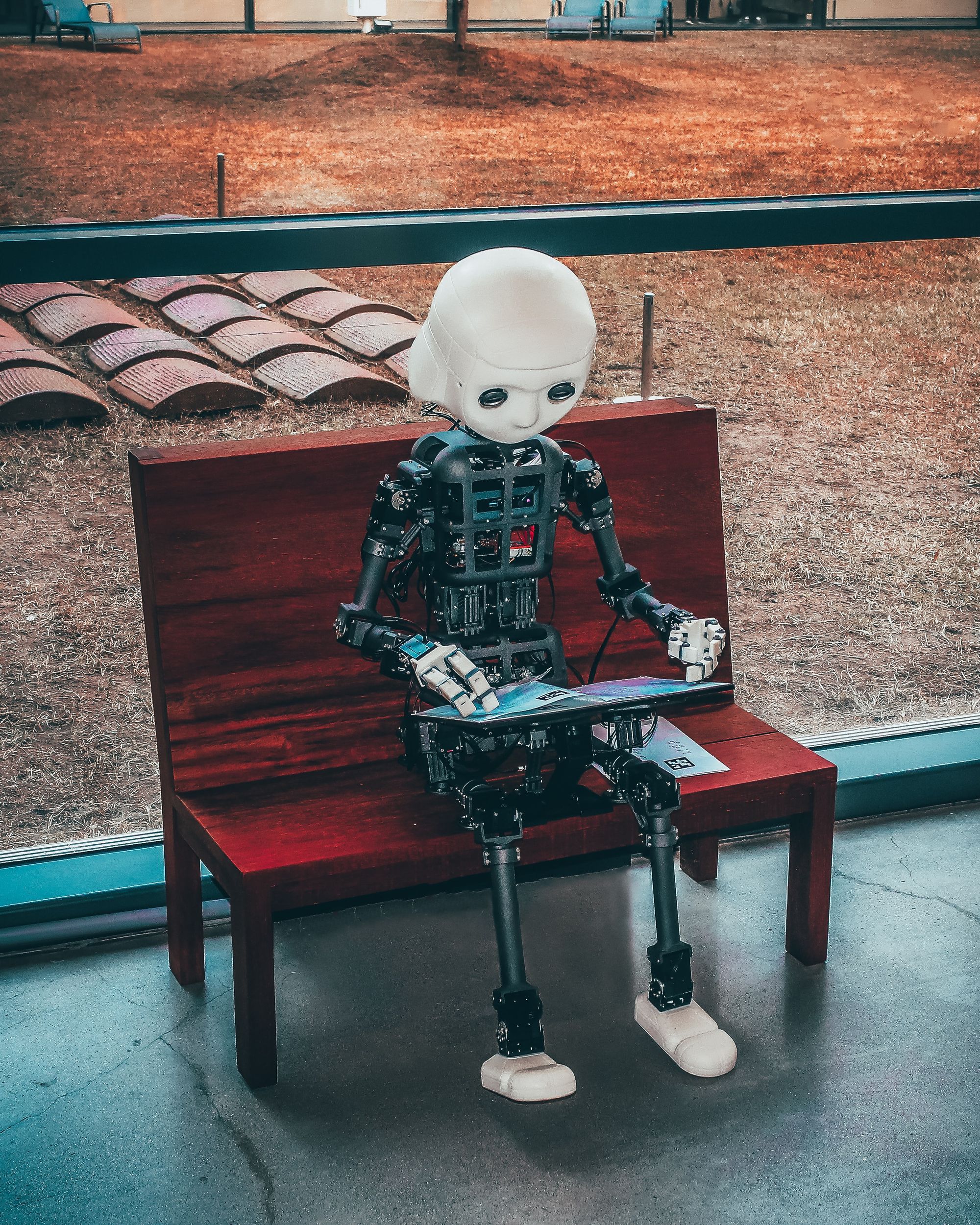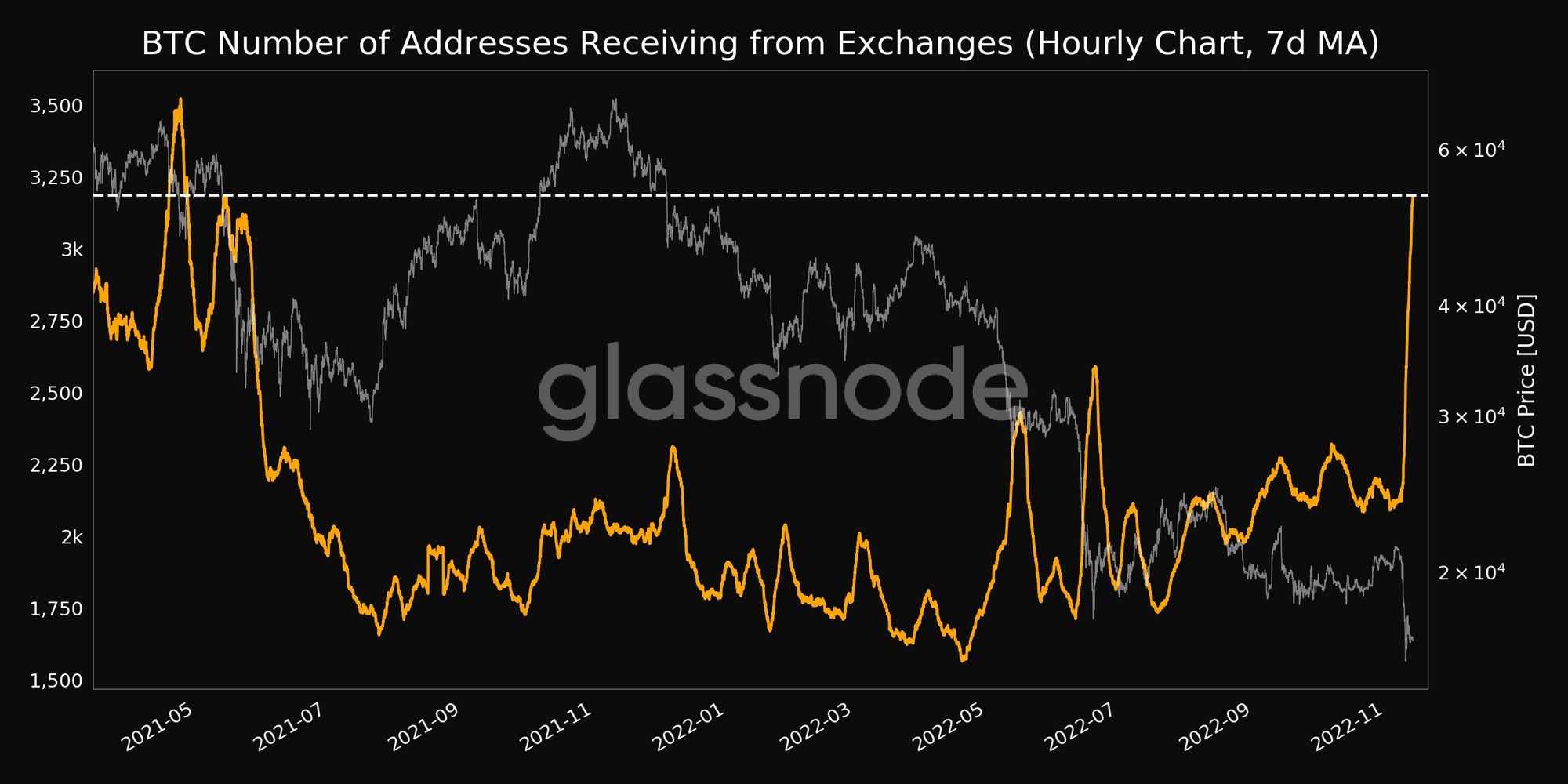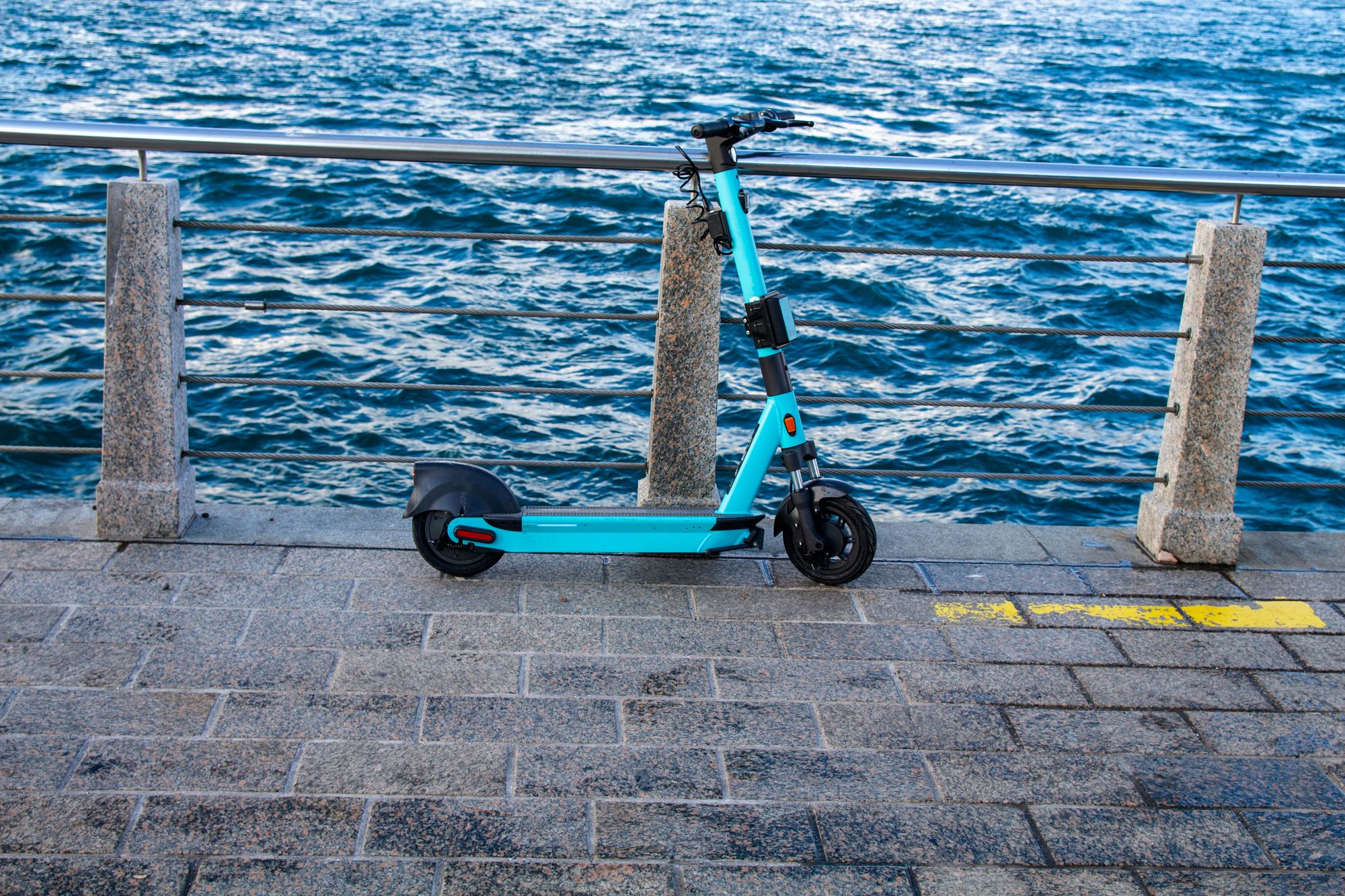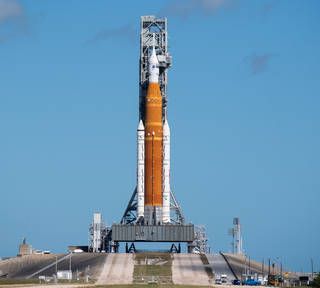The human touch: ‘Artificial General Intelligence’ is next phase of AI
by Charles Simon | C4ISRNet

Artificial intelligence is rapidly transforming all sectors of our society. Whether we realize it or not, every time we do a Google search or ask Siri a question, we’re using AI.
For better or worse, the same is true about the very character of warfare. This is the reason why the Department of Defense – like its counterparts in China and Russia– is investing billions of dollars to develop and integrate AI into defense systems. It’s also the reason why DoD is now embracing initiatives that envision future technologies, including the next phase of AI – artificial general intelligence.
AGI is the ability of an intelligent agent to understand or learn any intellectual task in the same way that humans do. Unlike AI which relies on ever-expanding datasets to perform more complex tasks, AGI will exhibit the same attributes as those associated with the human brain, including common sense, background knowledge, transfer learning, abstraction, and causality. Of particular interest is the human ability to generalize from scanty or incomplete input.
$3 billion in Bitcoin left exchanges this week amid FTX contagion fears
By William Suberg | Cointelegraph

Bitcoin investors are withdrawing funds from exchanges at a rate not seen since April 2021 with nearly $3 billion in Bitcoin withdrawn over the past seven days.
New data from on-chain analytics firm Glassnode shows the number of wallets receiving BTC from exchange addresses hit almost 90,000 on Nov. 9.
Exchange users wake up to self-custody
Amid ongoing turmoil over the bankruptcy of major exchange FTX, concerns have heightened among exchange users over security of funds.
Commentators have upped advice to avoid custodial wallets and take control of cryptoassets, and regulators are increasing scrutiny of the crypto industry en masse.
On-chain figures suggest that a large number of hodlers have opted for non-custodial wallets over the past week.
The number of withdrawing addresses saw a huge spike on Nov. 9, this surpassing the daily highs for both May and June this year when BTC price action last saw significant downside pressure.
For Nov. 12, the latest date for which data is available, withdrawing addresses still totaled over 70,000.
Micromobility Doesn’t Have To Be Short-Term Rentals
by Jennifer Sensiba | CleanTechnica

With rare exception, there are two ways to use micromobility devices: rent them for a relatively steep per-minute or per-mile price, or buy and own it yourself for hundreds to thousands of dollars. This isn’t ideal for users, because the cost is high either way. Paid by the minute or mile, and you end up spending more every month than you’d spend buying your own scooter on a credit card. On the other hand, buying one and then not using it often can be even more expensive per mile.
Micromobility companies have their own challenges with per-mile rentals. If the scooter isn’t yours, there’s not much incentive to take care of it, and the cost of repair and replacement for neglected scooters has been a great challenge to the profitability of scooter companies in the past. Plus, the unpredictability of scooter utilization makes it harder to plan deployments and other business decisions.
🌙 NASA - Best Photo from Last Week
NASA Telescope, Moon Rocket Named TIME Inventions of 2022

NASA’s James Webb Space Telescope and Space Launch System (SLS) rocket were named 2022 TIME Inventions of the Year. NASA led the international Webb partnership with ESA (European Space Agency) and CSA (Canadian Space Agency). The agency’s SLS rocket, the world’s most powerful rocket, is designed to send humans to the Moon on Artemis missions for the benefit of humanity. TIME made the announcement Thursday, Nov. 10.
“We designed the Webb observatory to see the first lights that turned on in our universe. When I saw the first images released, I was struck with awe, wonder, and the satisfaction of knowing that whatever is out there, Webb will see it,” said Mike Menzel, NASA mission systems engineer for Webb at NASA’s Goddard Space Flight Center in Greenbelt, Maryland. TIME named Webb a Best Invention in the “Design” category.

NASA’s Space Launch System (SLS) rocket with the Orion spacecraft aboard is seen atop the mobile launcher at Launch Pad 39B, Friday, Nov. 11, 2022, at NASA’s Kennedy Space Center in Florida. NASA’s Artemis I flight test is the first integrated test of the agency’s deep space exploration systems: the Orion spacecraft, SLS rocket, and supporting ground systems. Launch of the uncrewed flight test is targeted for no earlier than Nov. 16 at 1:04 a.m. EST.
Credits: NASA/Joel Kowsky
The SLS rocket is planned to launch on its first flight test for the Artemis I mission, Wednesday, Nov. 16, to send an uncrewed Orion spacecraft around the Moon and back to Earth to thoroughly test systems before missions with astronauts. SLS is the only rocket capable of launching humans in Orion along with their supplies to the Moon and beyond. TIME named SLS a Best Invention in the “Experimental” category.
“We will demonstrate the capability of the Space Launch System Moon rocket, the largest rocket NASA has built since the Saturn V, on the Artemis I mission,” said John Honeycutt, SLS program manager at NASA’s Marshall Space Flight Center in Huntsville, Alabama. “The heavy-lift rocket’s innovative design allows it to evolve and become even more powerful so that it can carry both astronauts and large cargos on increasingly more complex missions to the Moon and Mars.”
Launched Dec. 25, 2021, from French Guiana, the Webb telescope has already been uncovering previously unseen views and hidden secrets of the universe. Webb has seen early galaxies, provided a new look at planets in our own solar system, and peered through dusty clouds to see stars forming, such as in the Pillars of Creation.
NASA Headquarters, Washington oversees the Webb telescope mission. NASA Goddard manages Webb for the agency and oversees work on the mission performed by the Space Telescope Science Institute, Northrop Grumman, and other mission partners. In addition to Goddard, several NASA centers contributed to the project, including the agency’s Johnson Space Center in Houston, Jet Propulsion Laboratory in southern California, Marshall Space Flight Center in Huntsville, Alabama, Ames Research Center in California’s Silicon Valley, and others.
With its unprecedented power and capabilities, the SLS rocket provides the foundation for NASA’s Artemis missions to the Moon. SLS makes it possible to launch the Orion spacecraft, which is built in partnership with ESA, on missions to the Moon that will provide the knowledge for humans to travel to Mars. SLS is built with a combination of proven systems and innovative manufacturing. To fulfill America’s future needs for deep space missions, SLS will evolve into increasingly more powerful configurations.
SLS is America’s rocket and more than 1,000 companies in 45 states contributed to the rocket managed by Marshall, which oversees the work by lead contractors Boeing, Notrthrop Grumman, Aerojet Rocketdyne and other companies. Currently, NASA and its industry partners are in the process of building rockets for four more Artemis missions. All NASA Centers have played a role in the Artemis missions, which are launching a new era of human deep space exploration.
For more information about the Webb mission, visit:
https://www.nasa.gov/webb
For more information about the SLS rocket mission, visit:
https://www.nasa.gov/sls
Last Updated: Nov 11, 2022
Editor: Alise Fisher


Disclaimer: None of the content in this newsletter is meant to be financial advice. Please do your own due diligence before taking any action related to content within this article.
Disclaimer: Unbound is reader-supported. When you buy through links on our site, we may earn an affiliate commission.






